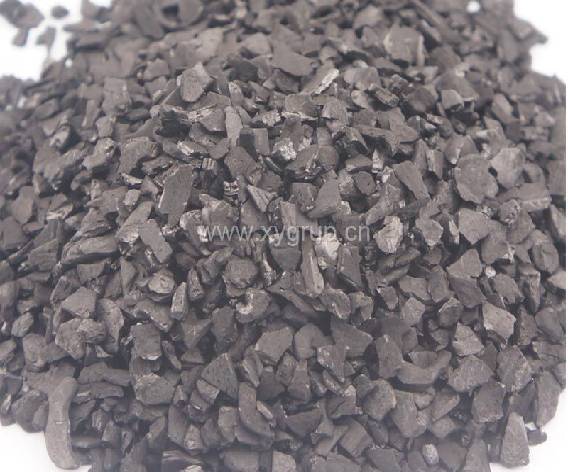In recent years, activated carbon and honeycomb activated carbon have been widely used, and the number of applications of activated carbon is also increasing. It is obtained from coal, wood, fruit shells and other raw materials through carbonization, activation and post-treatment. At present, the most common forms are activated carbon, powder activated carbon, activated carbon fibre and granular activated carbon. Next, the Activated Carbon Manufacturer would like to introduce to you what activated carbon is and the role of activated carbon.
Activated Carbon, also known as activated carbon black, is the black powder or granular amorphous carbon. In addition to carbon, the main components of activated carbon are elements such as oxygen and hydrogen. Activated carbon is a kind of porous carbon. Due to its irregular arrangement and small pores, it is a kind of porous carbon with low bulk density and large specific surface area. Activated carbon is odourless, tasteless, sand-free and insoluble in any solvent. It has a selective adsorption capacity for various gases and high adsorption capacity for organic pigments and nitrogen-containing bases. The total surface area per gram can reach 500-1000m2. The relative density is about 1.9≤2.1, and the apparent relative density is about 0.08 ~ 0.45.

Shell Based Activated Carbon
Activated carbon is a very small carbon particle with a large specific surface area. The carbon particle has a small pore-capillary. This capillary has a strong adsorption capacity because the carbon particle has a large surface area, so it can completely contact the gas (impurities). When these impurities are adsorbed on the capillary, they can play a purification role. Activated carbon is mainly used to absorb harmful gases, filter insoluble materials, and absorb partial solubility. The composition of activated carbon is mainly based on a variety of fruit shells and high-quality coal or charcoal, through physical and chemical methods of crushing, screening, catalyst activation, rinsing, drying and screening. The early function of activated carbon was to make gas masks. Later, activated carbon was mainly used to deodorize activated carbon in water plants.
It is used to adsorb formaldehyde and benzene series of toxic and harmful gases in the indoor air of new houses and continue to release into the air in order to quickly remove the smell of decoration. Used to absorb formaldehyde, benzene series and various odours that are continuously released from new furniture. Deodorization, detoxification, dehumidification, insect and deodorization, disinfection, preservation of calligraphy and painting, etc. of the shoe cabinet.
Copyright:@2020-2021
Comments Please sign in or sign up to post.
0
0 of 500 characters used